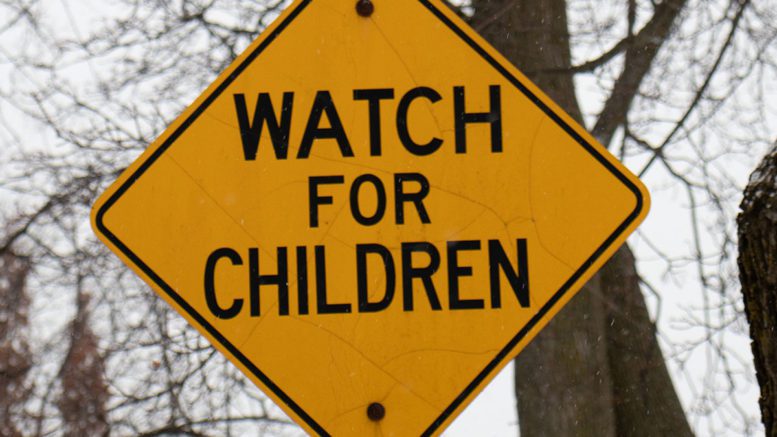The pandemic could be widening the education gap between low-income students and their higher income peers, according to experts.
Education during the pandemic has now climbed to the top of the jumble of socio-economic factors that affect low-income students, increasing the learning gap between low and high-income students.
Over a normal break, such as in summer, students typically lose some of the knowledge they gained over the school year. For lower-income students this loss can be larger. This can be due to lack of materials, lack of essential tools, or a home environment that is not conducive to learning and retaining information.
With the pandemic putting increased stress on everything, those that were already behind could be affected even more.
“I do feel that when we come out of COVID, there is going to be some new gaps between students who have had more of those opportunities and those resources provided to them,” said Todd Cunningham, an assistant professor at the Ontario Institute for Studies in Education. “Their academic skills probably will be better developed than those who have not had the same type of supports or opportunities.”
With the increased education gap that some students will face emerging from the pandemic, a need will arise for extra support and recognition of students that have fallen behind and need assistance.
“The one thing we can’t assume is that everybody’s going to come out of this and it’s going to be like going back to school in September,” Cunningham said. “We are going to going to have much more variability in both the social and academic skills.”
While data is still being collected to determine how the pandemic has affected low-income and other marginalized students, many involved in education are focusing on how to engineer a post-pandemic plan that can help bring students up that have fallen behind their peers.
“The conversation is going to have to be around resources,” said Anu Sriskandarajah, TDSB trustee for Scarborough-Rouge Park. “We’re going to need extra funding, we’re going to need reading coaches, we’re going to need math coaches, and we’re going to need them strategically placed in schools where we do see the widening of the learning gap.”
How much students have been affected by the pandemic can only be determined after all students have returned to in-person school, educators say.
Until then, it will be essential to support those students who are at greatest risk of falling behind.

